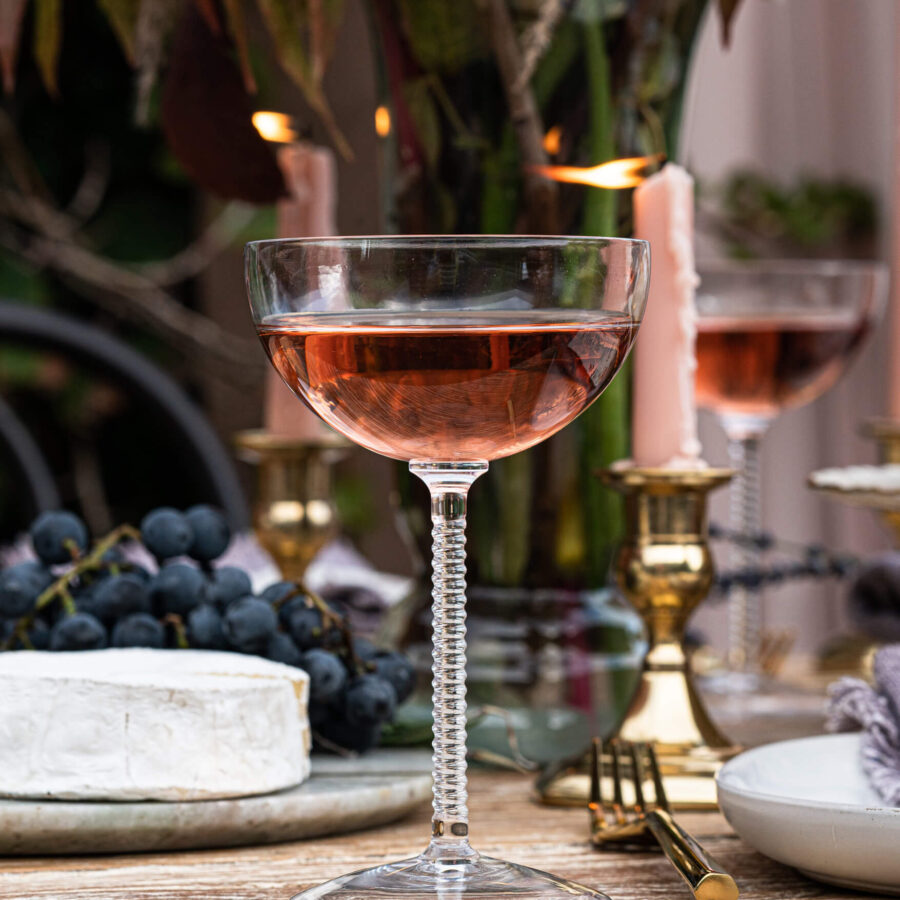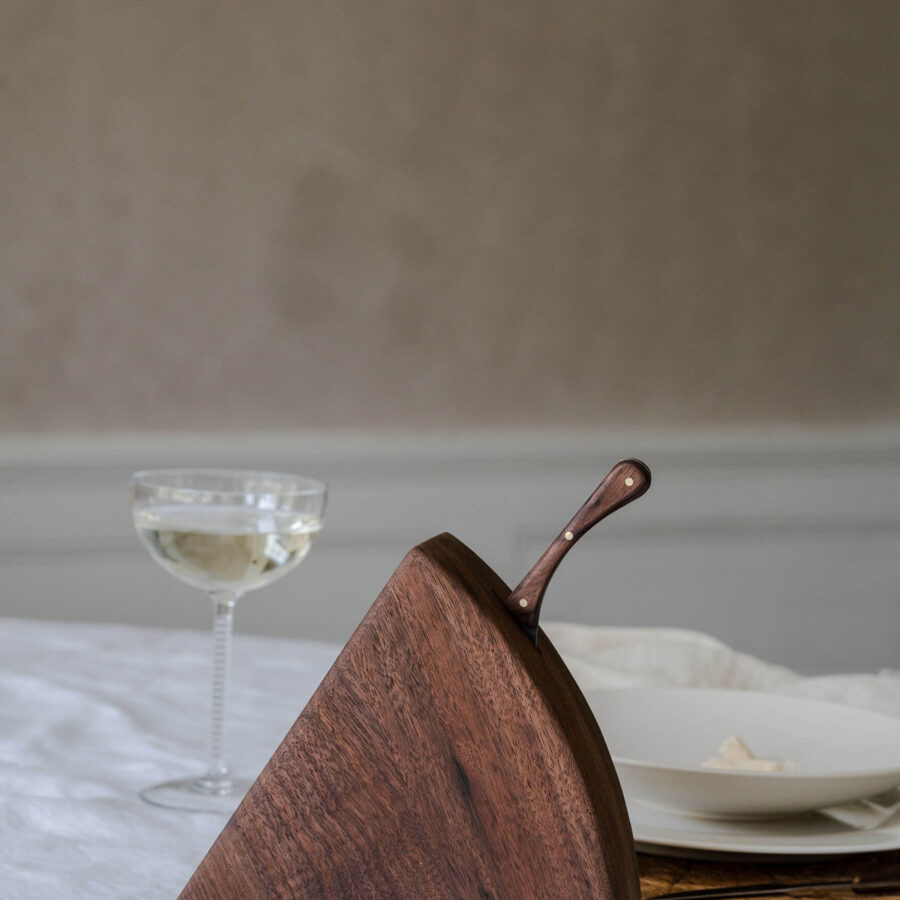
Olive oil, often referred to as “liquid gold,” has been a cherished culinary ingredient and a symbol of well-being for centuries. Olive oils add both depth and flavor to your dishes.
To know me is to know I am olive oil obsessed. So, I figured we’d delve into the realm of olive oils, from their diverse types to their distinct uses and flavor profiles, while highlighting how different varieties can elevate your culinary experience.
Types of Olive Oils
Extra Virgin Olive Oil (EVOO): This premium grade olive oil is extracted using cold press methods, preserving the purest form of olives’ natural flavors and aromas. With an acidity level below 0.8%, EVOO is ideal for drizzling on salads, dipping with bread, or enhancing the flavors of your dishes just before serving.
Virgin Olive Oil: This olive oil is also extracted using mechanical methods without the use of heat or chemicals. It has a higher acidity level (between 0.8% and 2%) and offers a rich olive flavor, making it suitable for sautéing and light cooking.
Pure Olive Oil: A blend of refined and virgin olive oils, pure olive oil has a milder flavor and higher smoke point than extra virgin or virgin olive oils. It’s suitable for general cooking purposes like frying and baking.
Light or Mild Olive Oil: Despite its name, “light” olive oil does not refer to its caloric content. Instead, it signifies the oil’s lighter flavor and color, achieved through refining processes. It’s a versatile option for cooking methods that require higher heat.
Uses of Different Olive Oils
Cooking: When heat is involved, such as sautéing, frying, or roasting, it’s recommended to use oils with higher smoke points. Pure olive oil and light olive oil are better suited for these purposes, as they can withstand higher temperatures without breaking down and developing off-flavors.
Finishing: For dishes that demand a burst of rich, unadulterated flavor, extra virgin olive oil is the go-to choice. Its nuanced taste elevates salads, pasta, and grilled vegetables, and its vibrant color adds a visual appeal.
Dipping and Dressings: The complex flavors of extra virgin olive oil make it perfect for dipping fresh bread or creating dressings. Its unrefined nature ensures an authentic taste that enhances the overall tasting experience.

Different Growing Regions and Flavor Profiles
Mediterranean: Known as the heartland of olive oil production, Mediterranean countries like Italy, Greece, Spain, and Tunisia produce a wide range of olive oils. These oils often boast robust flavors, ranging from peppery and grassy to fruity and herbal.
California: The United States, particularly California, has emerged as a prominent olive oil producer. Californian oils tend to have a fruitier and milder taste compared to their Mediterranean counterparts.
South America: Countries like Argentina and Chile are gaining recognition for their olive oil production. These oils showcase unique flavor profiles, often combining characteristics of Mediterranean and Californian oils.
My Current Favorite Olive Oils
Graza “Drizzle” Extra Virgin Olive Oil: “Like a sprinkle of flaky salt or the squeeze of a good condiment, Drizzle adds a big pop of flavor right before you dig in. (That’s why it’s called a finishing oil!) Drizzle’s flavors are sensitive, though, so keep it off the heat.” -Graza
Branche No.1: “A more medium olive oil profile with earthier and greener notes, NO.1 Is rich and complex in flavor and meant to accompany and compliment decadent and elaborate dishes. No. 1 provides a closer traditional approach to olive oil taste while keeping a medium level of spiciness and a lingering note of tartness and astringency. This oil couples excellently with a garlic and onion sauté for bolder recipes. NO. 1 carries aromas of sharp and balsamic grassland, green olive, tangy and umami tomato undertones, floral and rosey artichoke notes, and leafy camellia.” – Branche
Frantoi Cutrera Olive Oil: Imported from Italy, this olive oil is medium in intensity, with aromas of green herbs and tomato vines. Pairs perfectly with anything from grilled fish to aged cheeses.
Carnevale Olive Oil: A single origin olive oil made in the Calabrian region of Italy in groves with trees over a thousand years old. This premium olive oil is delicate enough to dress the finest salads and robust enough to stand up to high temperatures like grilling. Tasting Notes are pine nuts, grass, artichoke and spicy overtone.
Olive oils are truly an embodiment of culture and history. By learning the different types, uses, and flavor profiles, you can unlock your true cooking potential.
I hope you make olive oils part of your table and Your Story of Home.
Please note that some links are related to affiliate platforms where commission may be earned based on clicks and or purchases. Featured image credit: Anastasia Zhenina.


 Back
Back









